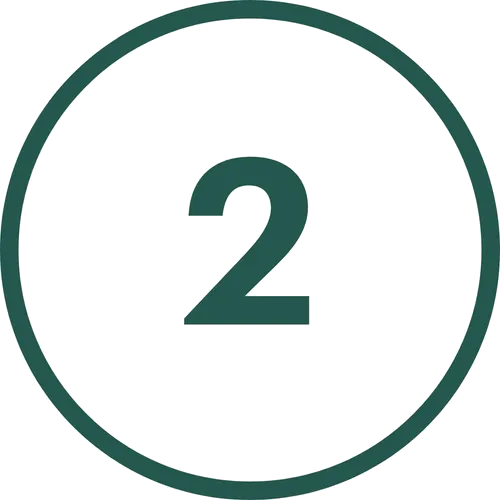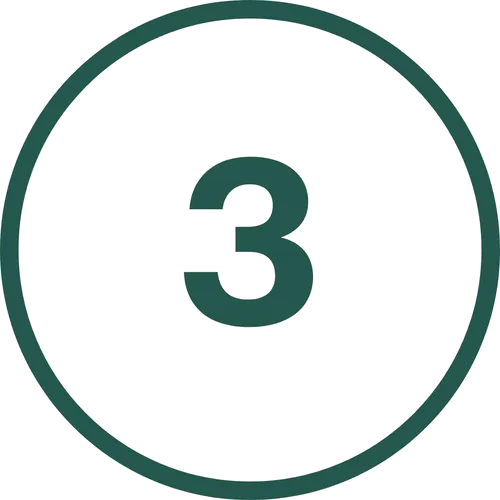In an attempt to counter climate change, the circular economy is gaining momentum as a framework for achieving sustainability, resource efficiency, and waste reduction. In this context, ethanol can play a pivotal role as a resource promoting a circular approach to energy production and consumption. Ethanol’s properties, production process, and use are worth exploring their connection to the circular economy and how it could contribute to a more sustainable future.
What is the circular economy?
Unlike the traditional linear economy used for the majority of commodities, which follows a "take, make, dispose" model, the circular economy aims to minimise waste and maximise resource utilisation. It focuses on three core principles:

Design for longevity

Reuse and recycling
Materials and products are reused, refurbished, or recycled to keep them in circulation and reduce the need for virgin resources.

Sustainable resource management
Resources are managed efficiently, minimising waste and environmental impact.
Design for longevity
Ethanol is usually used in finite commodities, for example, solvents, disinfectants, and cosmetics. Therefore, making products more longevous means extending their shelf life. Ethanol plays a crucial role in preventing products from spoiling faster and increasing the longevity of, for example, solvents by stabilising ingredients; the longer the longevity of a product, the more time consumers have to utilise the same, therefore reducing unnecessary waste.
Reuse and recycling
Ethanol production often utilises agricultural residues, waste materials, and byproducts. These materials would otherwise go to waste, but through ethanol production, they are converted into a valuable product for various sectors. One product benefiting from the use of more ethanol is fuel: blended with gasoline, ethanol enables the use of less fossil fuel and creates fewer CO2 emissions. It is a valuable resource facilitating the transition to cleaner energy alternatives.
Sustainable resource management
During the production of ethanol, byproducts such as grain leftovers create potential waste products. Using them as animal feed or agricultural fertiliser creates a closed-loop system where nothing goes to waste. Another approach, however, is the creation of second-generation alcohol: by processing grain leftovers into ethanol, raw material waste is reused, leading to a more efficient use of resources.
Another way of making the ethanol supply chain more sustainable is the use of renewable energies in the distillation process; especially in climates such as Brazil and China with much and consistent sun exposure, solar energy can be used to replace fossil fuels, while on and offshore wind energy can become a popular energy source in the US and Central Europe.
Circular - with ethanol
Using ethanol in the circular economy principles not only incentivises more responsible consumption but also creates a sustainable shift in the ethanol industry, as well as many other sectors. Next to making ethanol supply chains as circular and sustainable as possible, this valuable resource can be used in other processes to support a more circular approach to commodities and services. This solidifies ethanol's indispensable position in the market and its relevance, which continues to grow with environmental considerations.










Leave a comment